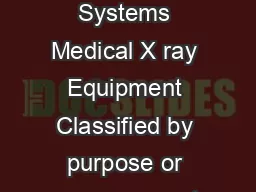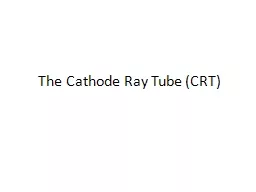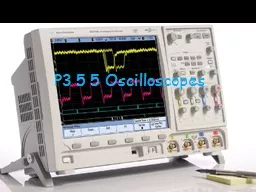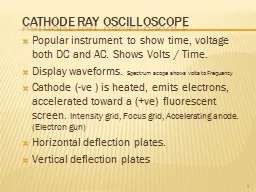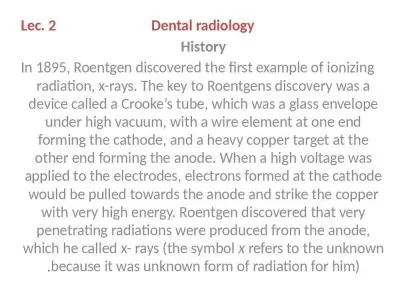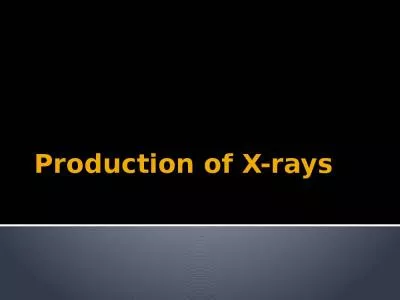PPT-POTENTIAL GRADIENT & CATHODE RAY TUBE
Author : mitsue-stanley | Published Date : 2016-09-14
Lecture No6 By Sajid Hussain Qazi POTENTIAL GRADIENT It is defined as rate of change of potential with respect to displacement in the direction of electric field
Presentation Embed Code
Download Presentation
Download Presentation The PPT/PDF document "POTENTIAL GRADIENT & CATHODE RAY TUB..." is the property of its rightful owner. Permission is granted to download and print the materials on this website for personal, non-commercial use only, and to display it on your personal computer provided you do not modify the materials and that you retain all copyright notices contained in the materials. By downloading content from our website, you accept the terms of this agreement.
POTENTIAL GRADIENT & CATHODE RAY TUBE: Transcript
Download Rules Of Document
"POTENTIAL GRADIENT & CATHODE RAY TUBE"The content belongs to its owner. You may download and print it for personal use, without modification, and keep all copyright notices. By downloading, you agree to these terms.
Related Documents


